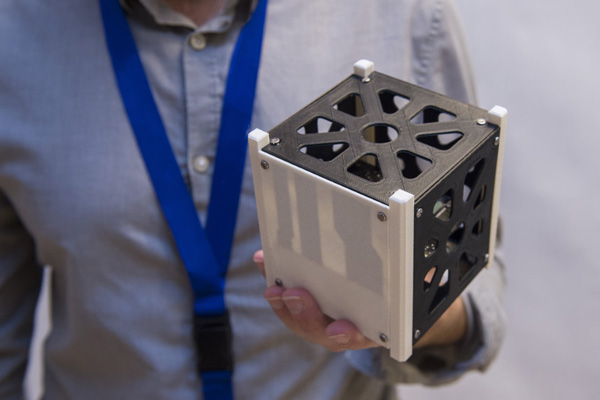
3D printing materials have continued to develop in recent years, meeting the demand of professionals looking for solutions that can meet industrial, mechanical and chemical constraints. The additive manufacturing market has therefore begun to welcome more high-performance materials, that offer high mechanical performance and, above all, resistance to high temperatures. As a result, more and more companies are using PEEK materials for 3D printing. Also known as polyetheretherketone, PEEK polymer is a colorless organic thermoplastic polymer that has achieved some of the best results of any thermoplastic in the world.
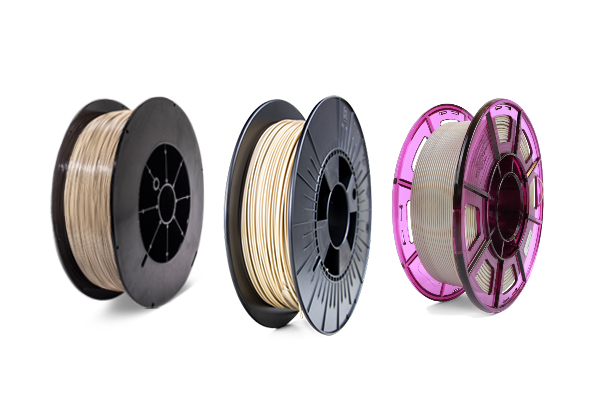
PEEK filaments have a wide range of unique qualities. As a result, PEEK is the material of choice for many different industries. Industries such as the medical and oil and gas industries, aerospace and automotive have used PEEK as one of their primary materials. It is ideal for small production runs and specialized designs where it is difficult to manufacture prototypes using metals and traditional techniques.
Advantages of PEEK materials
1、Enhanced performance
The enhanced performance benefits includes endless examples. Everything from extending lifetime by eliminating corrosion, increasing fuel efficiency with lower friction, and handling higher loads/speeds to operating in more extreme chemical environments.
2、Weight reductions of up to 80%
With 3D printing thermoplastics you can create lightweight objects that are still strong. The inherent low specific gravity of PEEK (1.3 g/cm3) is less than half that of aluminum and one sixth that of steel. Maintenance costs, logistics, installation – all see significant cost reductions in tandem with a decreased part weight. If you were to take a part made from steel made by metal additive manufacturing and compare it to the same part made from thermoplastic, the plastic part could be more than 6 times lighter.
3、 Less waste
It creates minimal waste. Because, compared to metal AM, 3D printing thermoplastic helps increase material efficiency it’s used a lot in product development. Thermoplastic materials can be melted, cured (cooled down such that they become solid), melted again, cured again, and so forth. Therefor manufacturing waste can be reused. Thus preventing it from becoming “waste” in the first place.
4、Greater design freedom
PEEK gives greater design freedom. Amazing processing versatility allows complex geometries to be molded-in without labor intensive post-machining steps. This helps engineers improve on performance while reducing total system cost. Simply said, you can make objects that can’t be made with metal AM. Even with today’s technology, metal’s inherent characteristics prohibit complex part designs or shapes, such as compound curves or fluid designs from either a material capability or cost limitation.
High-temperature 3D printer for printing PEEK materials
Apium M220 is a 3D printer designed for the manufacture of medical products and PEEK implants. It allows the production of personalized orthopedic implants by 3D printing to meet clinical and scientific needs (material engineering, biological tissue engineering).
Apium P220 is a high-temperature 3D printer for printing high-performance polymers. For PEEK, PEI ULTEM™ and other high-performance materials, the P220 provides better adaptive heating management of temperature during printing.
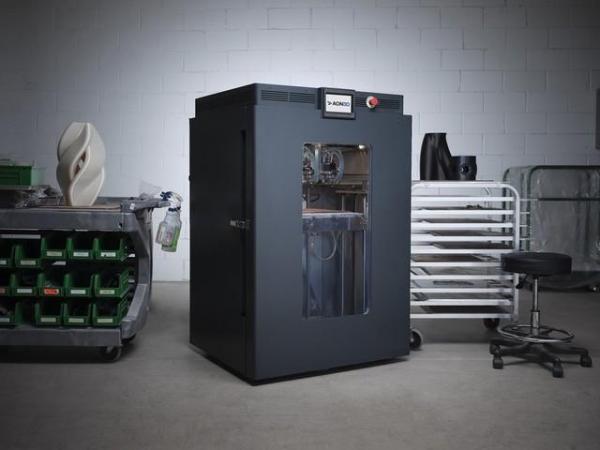
The Canadian AON3D FDM 3D printer AON-M2 2020 it is geared towards industrial grade applications and is capable of high temperature 3D printing, designed for applications such as high-performance thermoplastics PEEK, PEKK, ULTEM, and polycarbonate PC. Thus, it meets users' requirements for special 3D printed parts, such as withstanding harsh chemicals, withstanding extreme temperatures or undergoing intense mechanical stress.
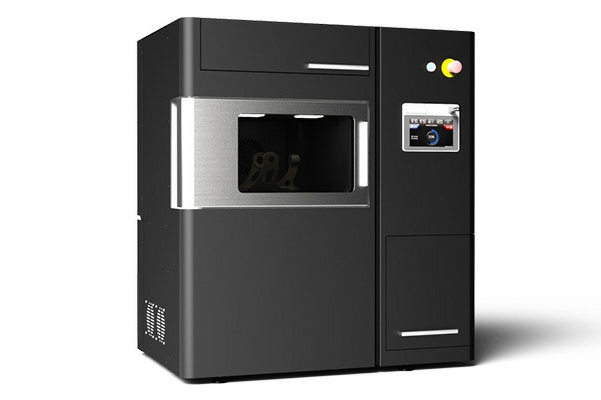
miniFactory ULTRA can stably print various polymer materials such as PEI, PEKK, PEEK, etc. It enables the advantages of polymer and 3D printing to be combined, providing a new way of thinking and effect for many industries in R&D and application.
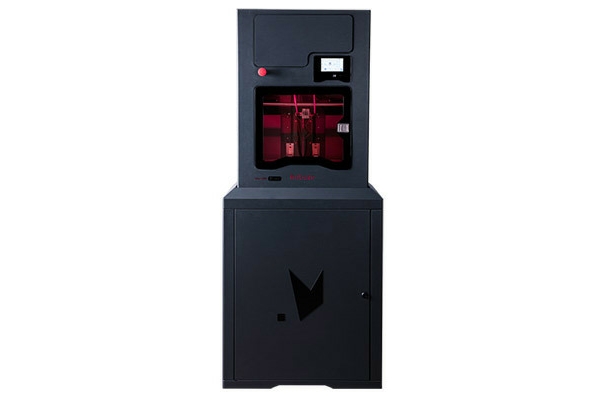
Equipped with two extruders and printing temperatures up to 400°C, the Roboze One+400 3D printer is capable of printing more materials than conventional 3D printers, including engineering plastics, including polycarbonate (PC) PC/ABS, PMMA, polyethelyn, PEEK and ULTEM materials, among others.
Various industries and markets have adopted PEEK 3D printing as a way to create product parts and prototypes. This has made PEEK the "go-to" high-performance material for 3D printing. Its reliability and high-precision printing capabilities enable it to deliver products that are beautiful to look at, durable, robust and usable. We specialize in medical and industrial digital PEEK 3D printing products and services, offering standard and custom products to meet individual and customized product functionality requirements.



























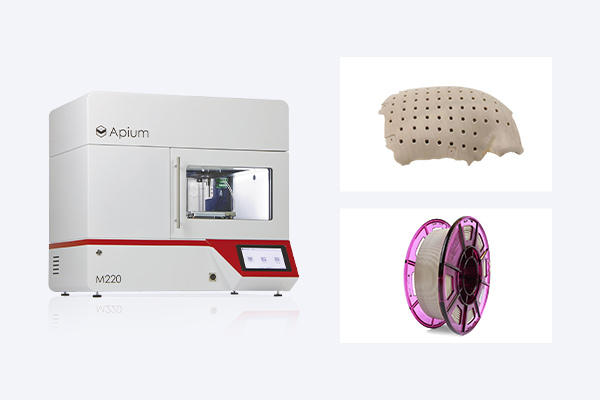
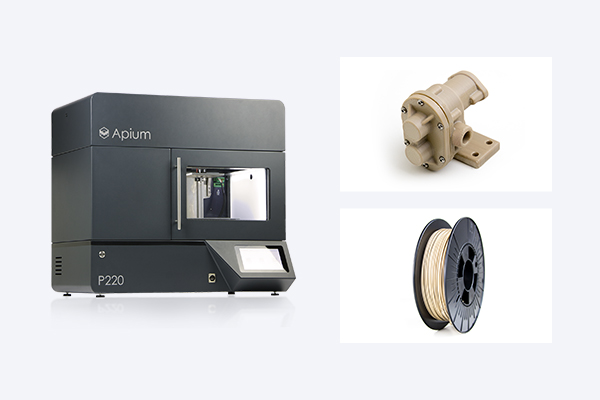
 Home
Home Telephone
Telephone Message
Message







